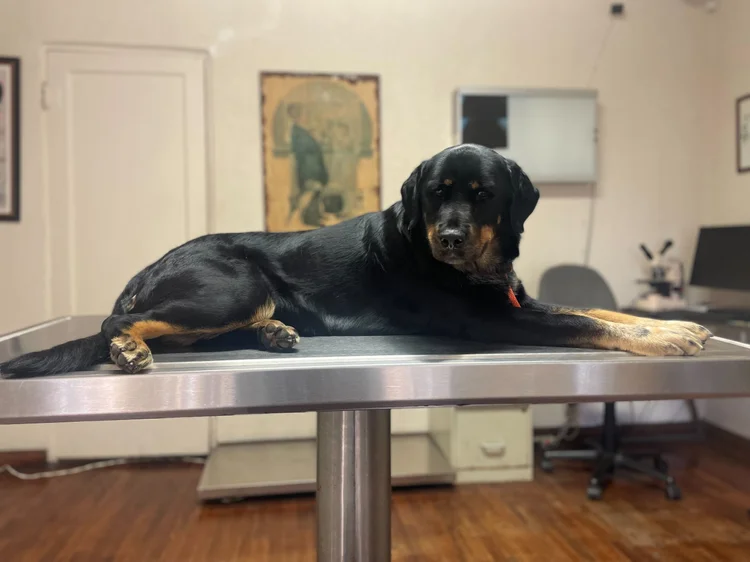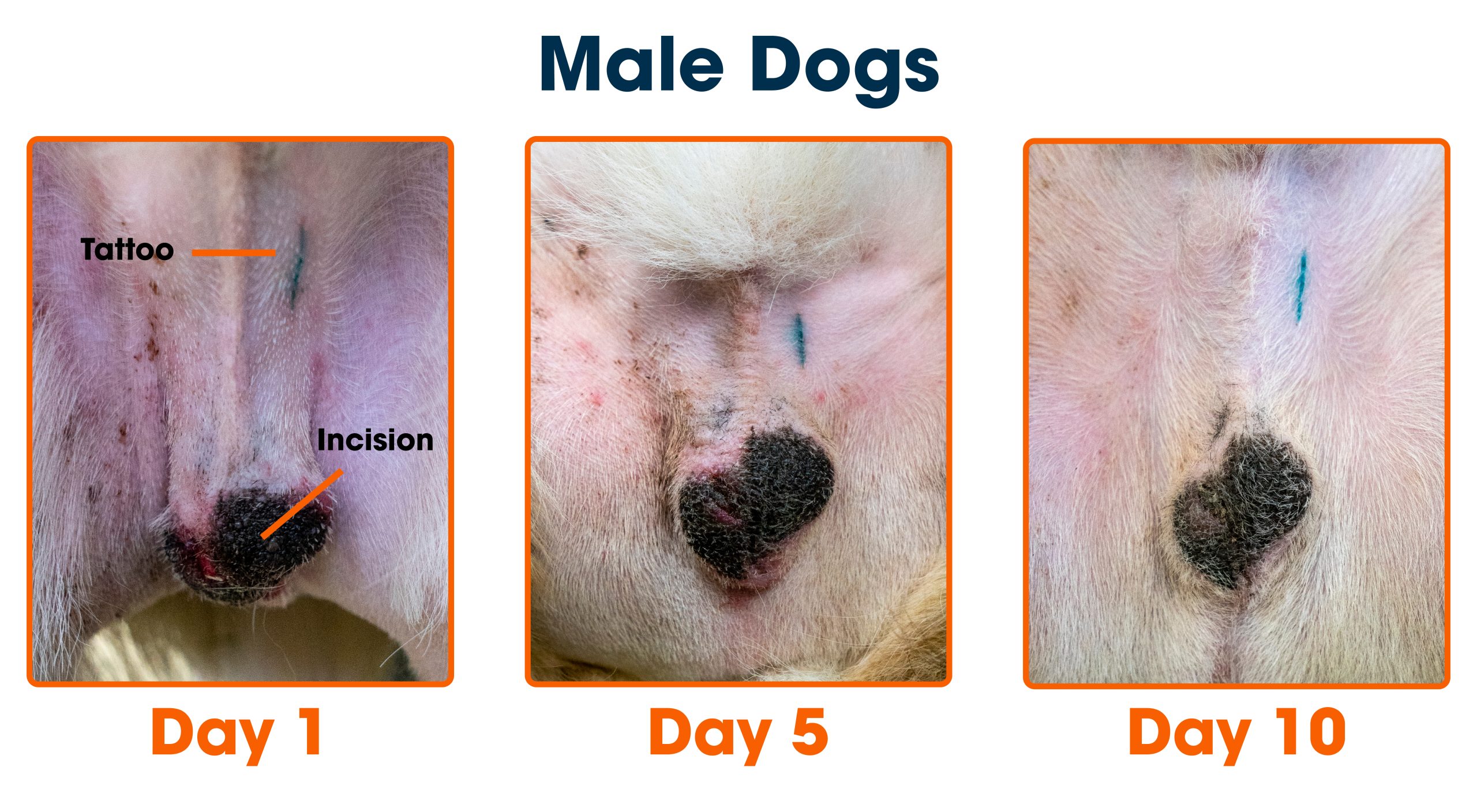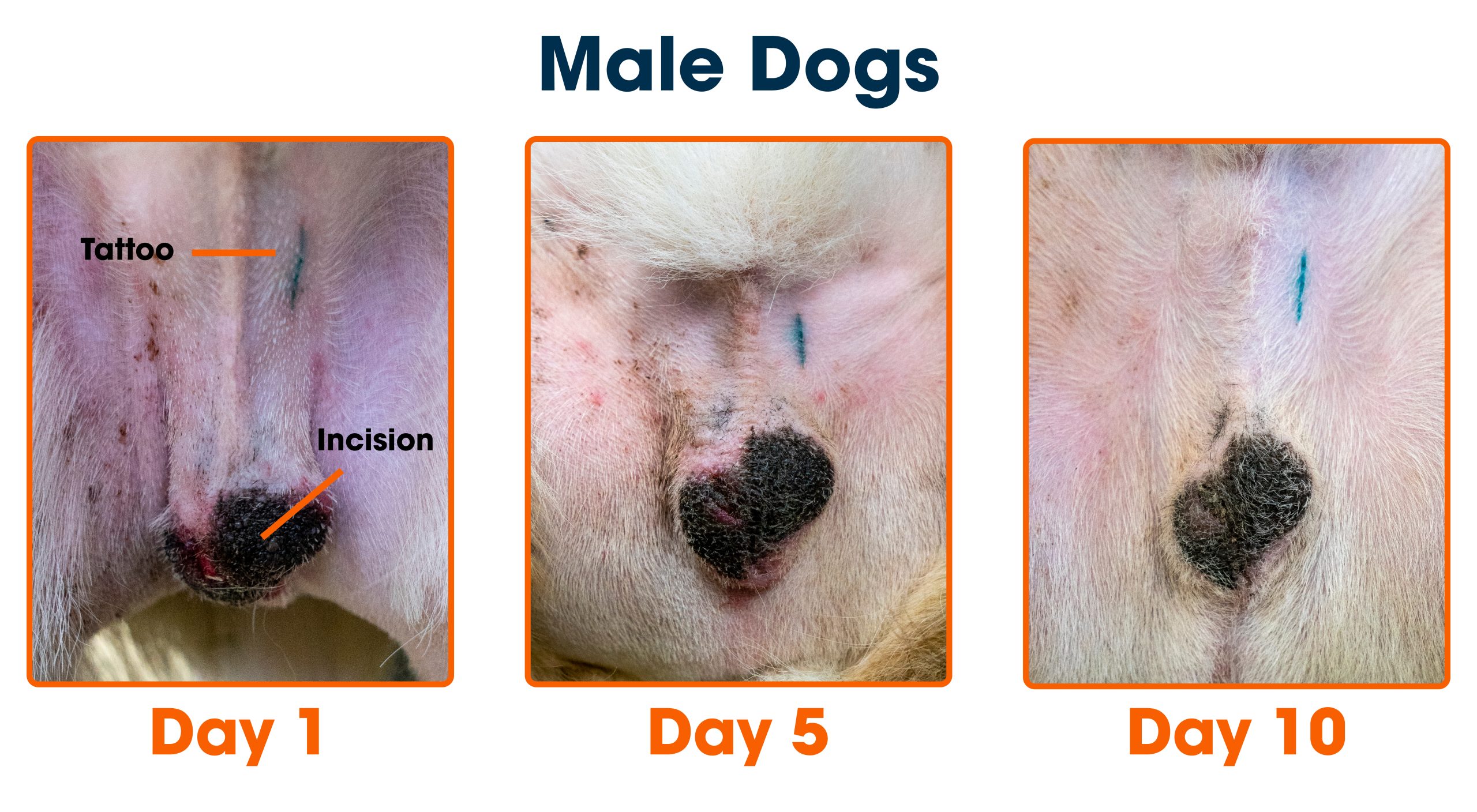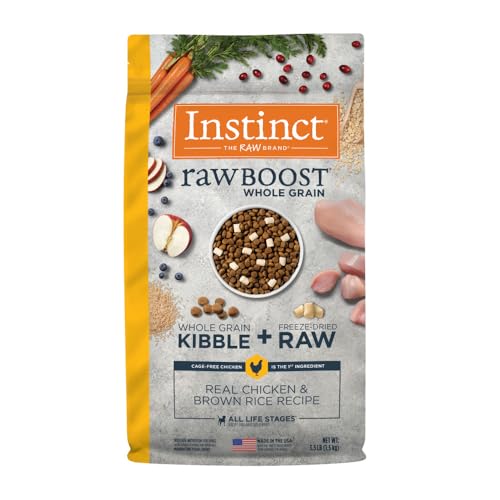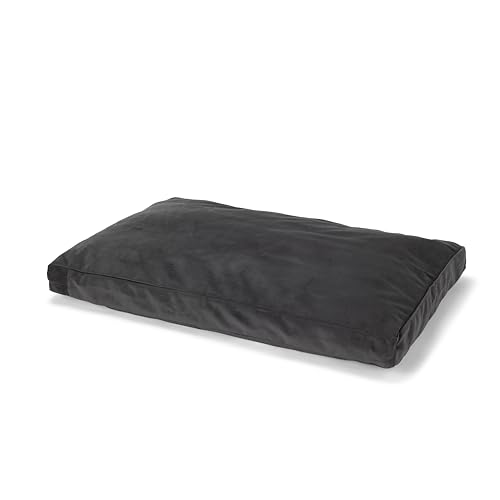If you’re planning to have your dog spayed, you probably want to know how long it will take for her to recover. Understanding the recovery time is important because it helps you prepare the right care and avoid any surprises.
You want your furry friend to feel comfortable and get back to her playful self as soon as possible. You’ll discover exactly what to expect after the surgery, how long healing usually takes, and the best ways to support your dog during this time.
Keep reading to learn how to make the recovery smooth and stress-free for both you and your pet.
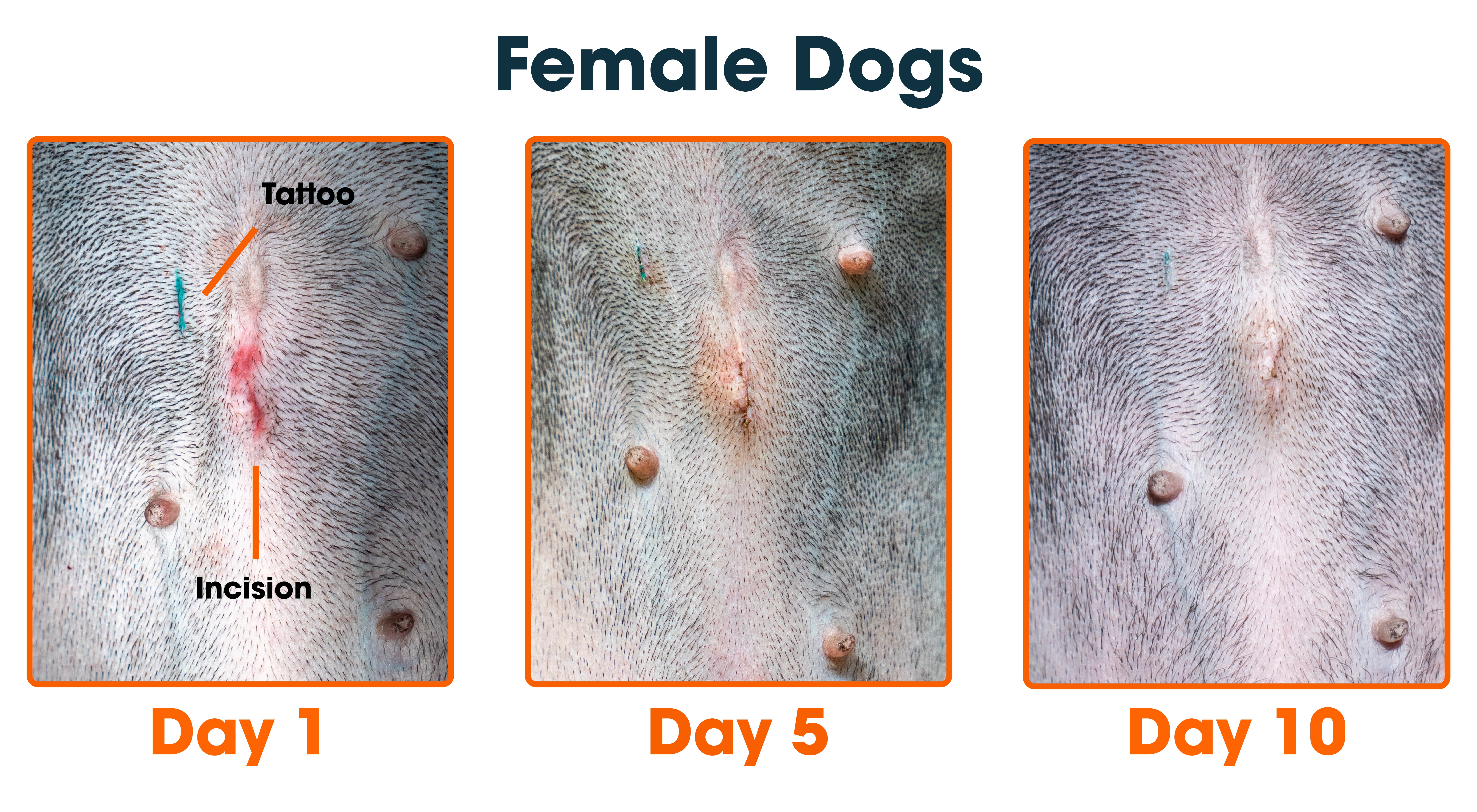
Credit: www.aspca.org
Spaying Procedure Basics
Understanding the basics of the spaying procedure can help you prepare your dog and yourself for what lies ahead. This surgery is a common and routine operation, but knowing the details eases anxiety and helps you care better for your pet during recovery.
Surgical Process
The spaying surgery involves removing the ovaries and usually the uterus to prevent your dog from having puppies. It is done through a small incision in the abdomen, which minimizes trauma and speeds up healing.
Veterinarians carefully close the incision with stitches or surgical glue to reduce infection risk. The entire surgery usually takes about 20 to 30 minutes, but your dog will be at the clinic longer for preparation and monitoring afterward.
Have you considered how the size or breed of your dog might affect the surgery? Smaller breeds may heal faster, but every dog’s experience varies, so personalized care is essential.
Anesthesia Details
General anesthesia is used so your dog stays completely unconscious and pain-free during the operation. The vet team monitors vital signs like heart rate, breathing, and temperature closely throughout the procedure.
It’s normal to worry about anesthesia risks, but modern veterinary medicine has made it very safe. Your vet will assess your dog’s health before surgery to reduce any chances of complications.
After surgery, your dog will wake up slowly from anesthesia and may feel groggy or disoriented for a few hours. Keeping a calm, quiet space ready at home can make this transition smoother for your pet.
Typical Recovery Timeline
The typical recovery timeline after a dog is spayed involves several stages. Each phase is important to ensure your dog heals properly and feels comfortable. Knowing what to expect helps you provide the best care during recovery.
First 24 Hours
The first day after surgery is critical. Your dog may feel sleepy or groggy due to anesthesia. It is normal for her to rest most of the time. Offer a quiet, comfortable space away from noise and activity.
Keep her warm and check the incision site for swelling or bleeding. Avoid giving food or water until the vet advises. Small amounts of water can be offered after a few hours, followed by light meals.
Days 2 To 7
During this period, your dog should start to feel more alert. Her appetite may return, but keep meals light and easy to digest. Limit her movement to prevent strain on the healing incision.
Check the incision daily for redness, swelling, or discharge. Use an Elizabethan collar to stop licking or biting the wound. Follow the vet’s instructions for pain medication and wound care strictly.
After One Week
By this time, most dogs show clear signs of improvement. The incision should look clean and begin to heal well. Your dog may want to play or move more, but avoid vigorous activity.
The vet might schedule a follow-up visit to check progress. Stitches or staples may be removed during this appointment. Continue monitoring your dog for any unusual symptoms or discomfort.
Post-surgery Care Tips
Proper care after your dog’s spaying surgery helps speed up healing. It prevents infection and keeps your pet comfortable. Careful attention to pain, wounds, and activity levels is important during recovery.
Managing Pain
Your vet may give pain medicine for several days. Follow the dosage instructions exactly. Watch for signs of pain like whining, licking, or restlessness. Never give human painkillers unless your vet says so. Keep your dog calm and quiet to reduce discomfort.
Wound Care
Check the incision site daily for redness, swelling, or discharge. Keep the area clean and dry. Prevent your dog from licking or biting the wound by using an Elizabethan collar. Avoid bathing your dog until the vet says it’s safe. Report any unusual changes to your vet immediately.
Activity Restrictions
Limit your dog’s movement to prevent strain on the incision. Avoid running, jumping, or rough play for at least 10 to 14 days. Use a leash during bathroom breaks to control activity. Provide a quiet, comfortable space for rest and recovery. Gradually increase activity only after your vet approves.
Signs Of Complications
After a dog is spayed, watching for signs of complications is very important. Most dogs recover smoothly, but sometimes problems can appear. Early detection helps keep your pet safe and healthy. Knowing what to check can make a big difference in recovery.
Infection Indicators
Infections at the surgery site need quick attention. Watch for redness, swelling, or warmth around the wound. Any pus or bad smell is a strong warning sign. Your dog may lick or bite the area more than usual. Fever or loss of appetite can also mean infection.
Behavioral Changes
Notice your dog’s normal behavior after surgery. Unusual tiredness or weakness may signal trouble. If your dog becomes very restless or cries a lot, it could mean pain or discomfort. Loss of interest in food or water is also a concern. Sudden aggression or hiding can be signs of stress or illness.
When To Contact A Vet
Contact your vet if you see any signs of infection or strange behavior. Persistent vomiting, diarrhea, or difficulty breathing are emergencies. Bleeding that won’t stop or a wound that opens needs immediate care. If your dog stops eating or drinking for more than a day, call your vet. Trust your instincts; it’s better to check early than wait.
Factors Affecting Recovery
Several factors influence how quickly your dog will recover after being spayed. Understanding these can help you provide the best care during the healing process and set realistic expectations for recovery time. Let’s look at the key elements that impact your dog’s healing journey.
Age And Breed
Young dogs often bounce back faster than older ones because their bodies heal more quickly. However, puppies might need extra monitoring since their immune systems are still developing.
Breed also plays a role. Larger breeds tend to have a longer recovery period compared to smaller dogs due to differences in metabolism and body size. Have you noticed how your dog’s breed affects their energy levels or healing after minor injuries? That same principle applies here.
Health Status
Your dog’s overall health before surgery significantly impacts recovery speed. Dogs with pre-existing conditions like diabetes or obesity may face a slower healing process and higher risk of complications.
If your dog had any infections, parasites, or was underweight before surgery, their body might struggle more to recover. It’s important to share your dog’s full medical history with your vet so they can tailor post-op care accordingly.
Surgical Technique
The method used for spaying affects recovery time too. Traditional open surgery often requires a longer healing period because it involves a larger incision.
Minimally invasive techniques like laparoscopic spaying usually cause less tissue trauma, resulting in less pain and quicker recovery. Have you asked your vet about the surgical approach they recommend? Knowing this can prepare you for the recovery timeline ahead.

Credit: www.pinterest.com
Helping Your Dog Heal Faster
Helping your dog heal faster after being spayed is key to a smooth recovery. Small actions can make a big difference. Proper care supports your dog’s comfort and speeds up healing. Focus on good nutrition, comfort, and regular vet checks.
Nutrition Tips
Healthy food fuels healing. Provide a balanced diet with high-quality protein. Protein helps tissue repair and boosts the immune system. Offer fresh water at all times. Avoid giving treats that upset the stomach. Consult your vet about supplements like omega-3 fatty acids. These can reduce inflammation and support recovery.
Comfort Measures
Create a quiet, cozy space for rest. Use soft bedding and keep the area clean. Limit physical activity to prevent strain on stitches. Use an Elizabethan collar if your dog tries to lick wounds. Check the incision site daily for redness or swelling. Apply cold compresses gently if swelling occurs, but do not place ice directly on the skin.
Follow-up Visits
Regular vet visits are crucial. The vet checks healing progress and removes stitches if needed. Follow all post-surgery instructions carefully. Report any unusual signs like fever, excessive bleeding, or lethargy. Early detection of complications ensures quick treatment. Schedule appointments as recommended for best results.
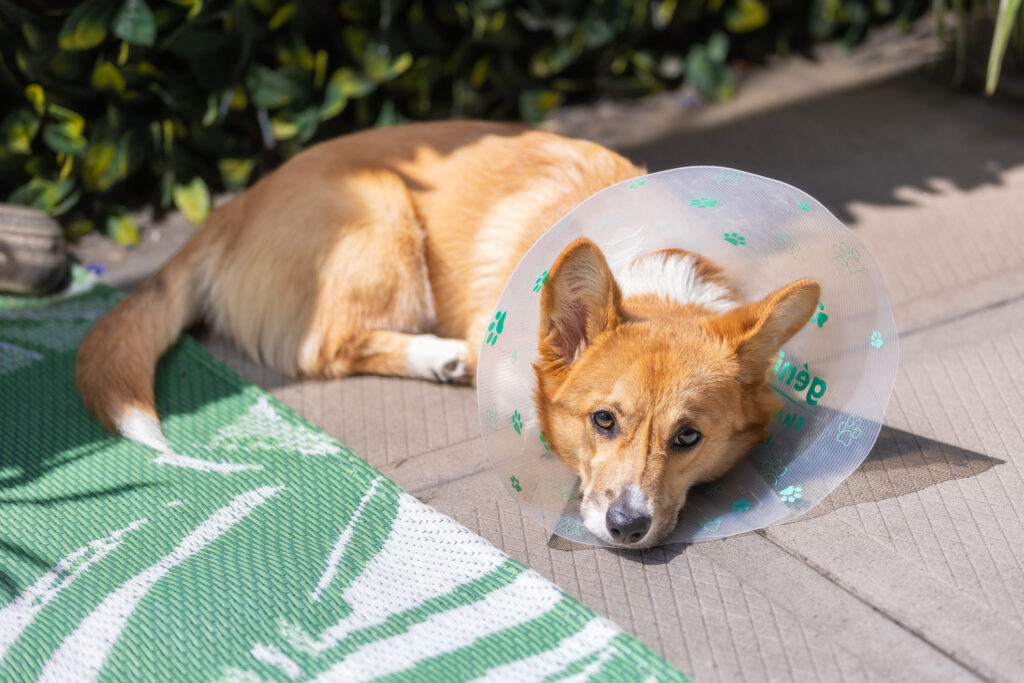
Credit: hfu.hollywoodfeed.com
Frequently Asked Questions
How Long Does A Dog Take To Recover From Spaying?
Most dogs recover from spaying surgery in 10 to 14 days. During this time, rest and limited activity are essential for healing. Your vet will provide care instructions to ensure a smooth recovery and prevent complications.
What Signs Indicate Slow Spay Recovery In Dogs?
Signs of slow recovery include swelling, redness, discharge, or persistent lethargy. If your dog shows these symptoms, contact your vet immediately. Early intervention helps avoid infections and promotes faster healing.
Can Spayed Dogs Return To Normal Activity Quickly?
Dogs usually resume normal activity within two weeks after spaying. However, vigorous exercise should be avoided until your vet confirms full recovery. Gentle walks and rest help prevent injury to the surgical site.
How To Care For A Dog After Spaying Surgery?
Keep your dog calm and restrict movement for two weeks post-surgery. Monitor the incision daily for signs of infection. Follow your vet’s advice on pain management and prevent licking with an Elizabethan collar if needed.
Conclusion
Recovery after spaying usually takes about 10 to 14 days. Your dog needs rest and gentle care during this time. Watch for signs of pain or infection. Keep your dog calm and avoid rough play. Follow your vet’s advice closely.
Healing happens step by step. Patience helps your dog feel better faster. Soon, she will be healthy and happy again. Taking good care now prevents problems later. Every dog heals at her own pace. Trust the process and give plenty of love.

